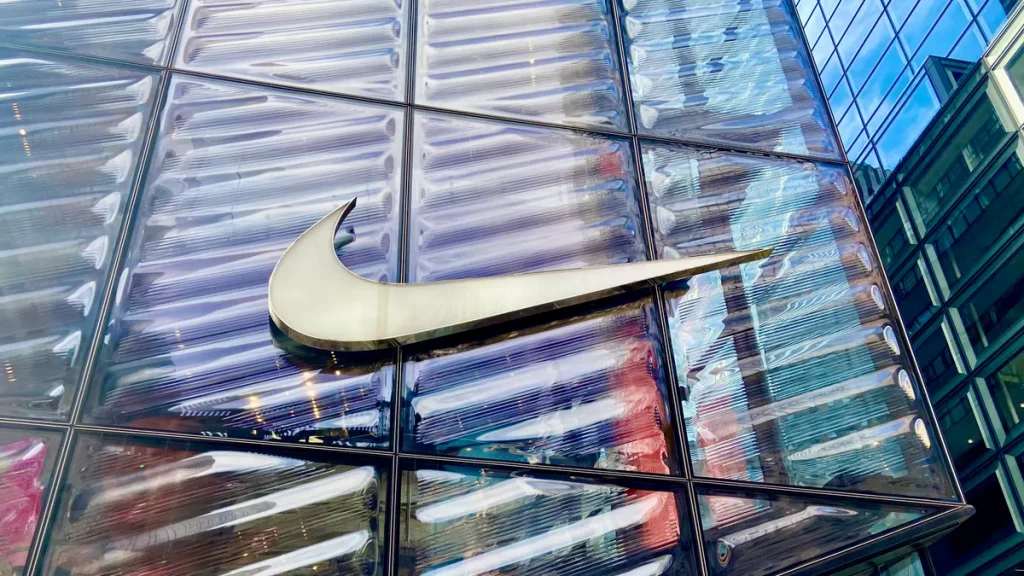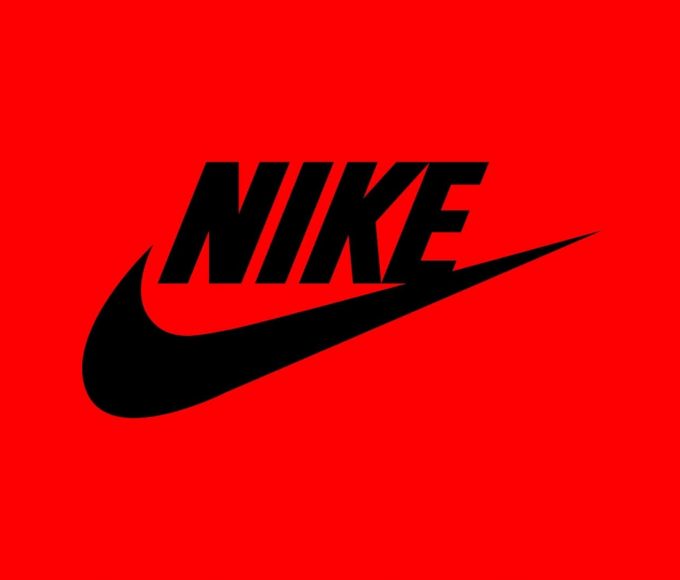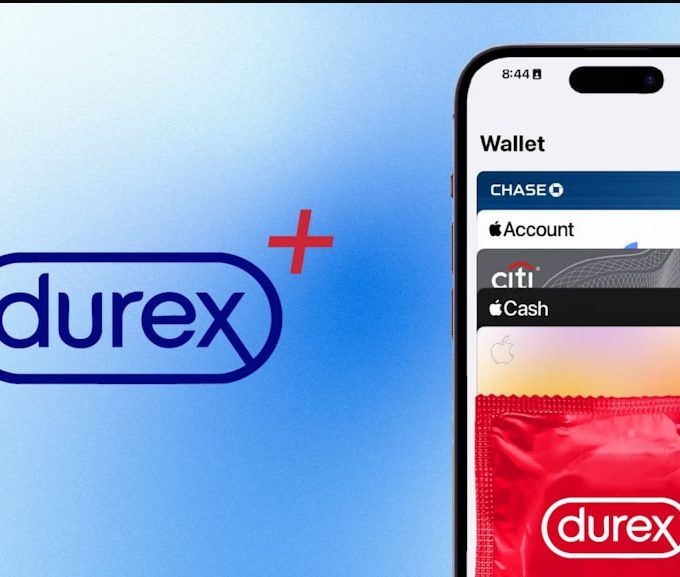Nike is making a comeback on Amazon after a six-year absence. The move reverses its 2019 decision to step away from third-party marketplaces in favor of direct-to-consumer control, prioritizing ownership of customer data, brand presentation, and minimizing counterfeit risks.
Today, the digital landscape has evolved. Rising costs, fragmented traffic across brand-owned channels, and AI-driven product discovery have reshaped how consumers shop. Nike’s return reflects a recognition that marketplaces play a central role in modern commerce.
A spokesperson confirmed the move, stating the company is “investing in our marketplace to offer the right products, best services, and tailored experiences to consumers wherever and however they choose to shop.” Third-party sellers were asked to sell through existing Nike inventory by July 19.
The timing coincides with price increases across much of Nike’s footwear range, with items between $100 and $150 rising by $5, and products over $150 increasing by $10. This suggests a strategic balancing act: trading some DTC control for broader reach while leveraging brand strength to support higher prices in less controlled environments.
The Marketplace Reality
Nike’s DTC strategy was always more than e-commerce—it was about cultivating a branded experience to drive loyalty. But traffic acquisition is expensive, search behavior is fragmented, and counterfeit issues persist, even on marketplaces.
Meanwhile, consumers increasingly discover products on platforms like Amazon before purchasing elsewhere. Nike has responded with innovations like AI-powered conversational search on its own channels, but off-platform visibility remains critical.
Amazon has also improved its tools for brand protection and presentation. Features like Brand Registry, dedicated storefronts, and stricter counterfeit measures make it more appealing to premium brands than it once was.

A Look at Competitors
The contrast with other brands is telling. Vans, for instance, does not officially sell on Amazon, though third-party sellers offer its products. The result has been a 22% revenue decline for Vans in the most recent quarter, with DTC traffic challenges cited as a key factor. Analysts noted that even with growth in new product lines, declines in legacy categories dragged overall performance down.
Nike’s strategy differs sharply: it is reentering marketplaces while raising prices, showing that channel reach and brand equity can coexist. For marketers, the comparison highlights how crucial distribution strategy is in a discovery-driven market.
Implications for Brand Strategy
Nike’s return could influence how other premium brands evaluate their own channel mix. While DTC offers control over customer data and margins, maintaining it requires significant investment in media, user experience, and fulfillment. With AI increasingly shaping discovery, visibility on popular platforms may outweigh the desire for complete control.
Price increases also signal confidence in the brand’s positioning, even in channels once viewed as potentially commoditized. The move reflects a new balance between control, reach, and relevance, offering lessons for how brands approach platform-first commerce.
For marketers, the takeaway is clear: full control is increasingly elusive. In today’s landscape, visibility, reach, and relevance often carry the greatest value.







